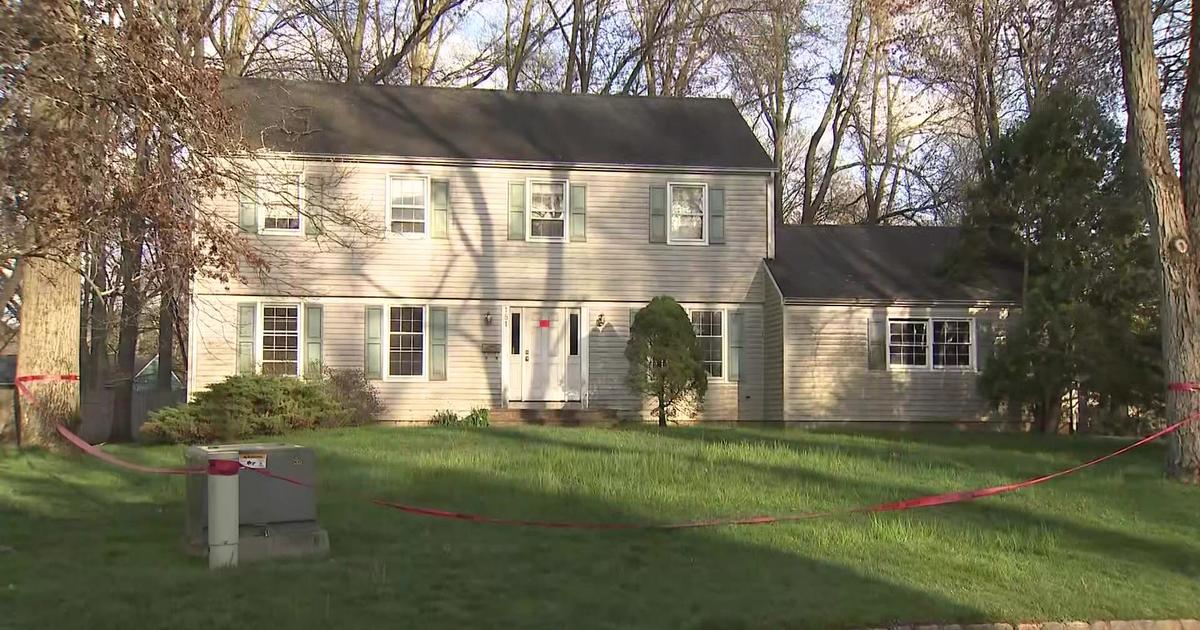Early 'Mahogany Tide' Algae Bloom In Great South Bay Has Environmental Experts Greatly Concerned
SOUTHAMPTON, N.Y. (CBSNewYork) -- Scientists say the very early appearance this week of an algae bloom off of Long Island is a sign nitrogen pollution is getting worse.
The so-called "mahogany tide" can be seen in bays across Suffolk County.
But as CBS2's Carolyn Gusoff reported Thursday, there may be some help coming in the form of a seaweed.
You cant help but notice the Great South Bay looks brown, mahogany brown.
"It doesn't look like I want to go swimming anytime soon. It looks more like August, than it does May," one person said.
This early in the season, experts say, a mahogany tide is an alarming sign of trouble.
"Disastrous for the bay. It is very harmful for our marine life and plant life that lives in the bay," said Robyn Silvestri, executive director of the group Save The Great South Bay.
The brown color is from the overgrowth of algae, which blocks sunlight and starves marine life.
"It was the home of blue point oysters, it was home of hard-shelled clams and the like. People deserve when they live on Long Island to have a bay that is healthy, alive, teeming with life, and it's not," Great South Bay board member Wayne Horsley said.
FLASHBACK: Brown Tide In Great South Bay Puts Clams At Risk
Since the 1980s, there has been an annual assault of brown, rust, red, and mahogany tides from different algaes, all human caused due to nitrogen from lawn fertilizers and outdated cesspools.
"You flush your toilet, the water goes into a holding tank under your property and it literally just leaches into the ground. It goes into our ground water and all of that ground water eventually makes its way to the bay," Silvestri said.
FLASHBACK: N.J. Grants Nearly $70,000 To Help Fight Algae Blooms At Lake Hopatcong, Greenwood Lake
Until more septic systems are upgraded, Dr. Chris Gobler of Stony Brook University says he has discovered a tool that can be used now.
"We need solutions right now to protect water quality, and the kelp that you see right here is just that solution. The dirtier the water you put it in, with the more nitrogen, the more nitrogen it removes," Gobler said.
A bill in Albany would allow acres of kelp, a seaweed, to be grown in shallow Long Island waters.
"We can help to improve water quality just by growing kelp," Assemblyman Fred Thiele said.
In the meantime, advocates are asking Long Islanders to start making a difference in their own yards by rethinking what the super-green lawn means to the bays.
For information on how to apply for a grant to replace an outdated septic system, please click here.



